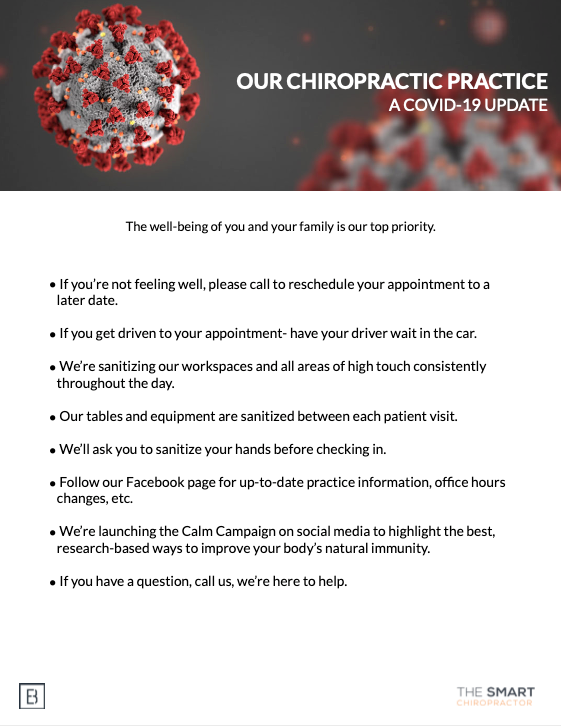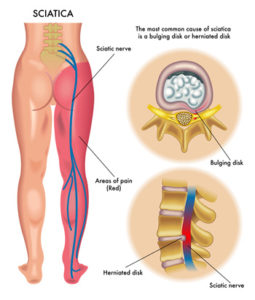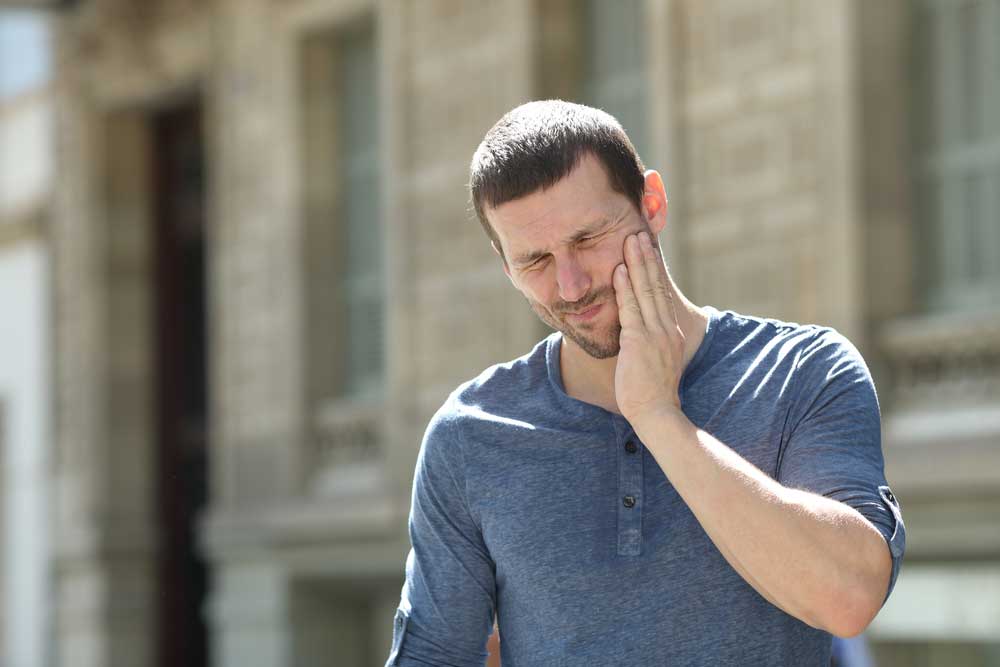Blog
 14 Mar 2025
14 Mar 2025
Chronic Disc Herniations & Spinal Stenosis: Natural Pain Relief
Get Natural Pain Relief Without Surgery in New York City for Chronic Disc Herniations & Spinal Stenosis
Chronic disc herniations, bulges, and spinal stenosis are prevalent spinal conditions that can lead to significant discomfort and impair daily activities and quality of life. Understanding these conditions, their causes, symptoms, and treatment options is crucial for effective management.
 Understanding Disc Herniations and Bulges
Understanding Disc Herniations and Bulges
Intervertebral discs act as cushions between the vertebrae in our spine, comprising a soft, gel-like center encased by a tougher exterior. A disc herniation, often referred to as a slipped or ruptured disc, occurs when the inner nucleus protrudes through a tear in the outer layer, potentially pressing on nearby nerves or causing a chemical irritation to the nerves. This can result in pain, numbness, or weakness in an arm or leg. Interestingly, many individuals with a herniated disc may not experience noticeable symptoms.
What is Spinal Stenosis?
Spinal stenosis involves the narrowing of spaces within the spine, which can exert pressure on the spinal cord and nerves. This condition most commonly affects the lower back and neck, leading to pain, tingling, numbness, and muscle weakness. Over time, these symptoms may progressively worsen.
Common Causes of Disc Herniations and Spinal Stenosis
Several factors contribute to the development of these spinal conditions:
- Aging: Natural wear and tear over time can cause discs to degenerate and lose flexibility, even begin to dehydrate making them more susceptible to herniation or annular tear.
- Degenerative Disc Disease: Discs can break down as you get older, leading to bulging or herniation.
- Arthritis: Osteoarthritis can result in the formation of bone spurs, which may narrow the spinal canal and lead to stenosis.
- Injury: Trauma to the spine can cause immediate disc herniation or accelerate degenerative changes leading to stenosis.
- Scoliosis: Lateral curvature causes premature spinal degeneration.
Associated Symptoms
The symptoms associated with disc herniations and spinal stenosis can vary based on the location and severity of the condition:
- Pain: Localized or radiating pain in the back, neck, arms, or legs.
- Numbness or Tingling: Sensation changes, often in the extremities, due to nerve compression.
- Muscle Weakness: Affected nerves can lead to muscle weakness, impacting mobility and function. Legs can feel heavy, needing to sit often.
- Balance Difficulties: Severe cases may affect coordination and balance.
Conventional Medical Interventions and Their Efficacy
Traditional treatments for these conditions include:
- Medications: Nonsteroidal anti-inflammatory drugs (NSAIDs) and muscle relaxants aim to reduce pain and inflammation. While they can provide temporary relief, they may also cause side effects such as gastrointestinal issues or drowsiness.
- Physical Therapy: Exercises and stretches designed to strengthen the muscles supporting the spine can improve flexibility and reduce pain. Research shows it’s most effective in conjunction with spinal manipulation.
- Surgery: Procedures like discectomy or laminectomy aim to remove or relieve pressure on affected nerves. However, surgical interventions carry risks, including infection, nerve damage, and, in many cases, unfavorable outcomes after 5 years.
Alternative Treatments with Promising Outcomes
Many patients seek non-invasive therapies that offer effective relief with minimal risks. At Synergy Wellness Chiropractic and Physical Therapy in East Village, New York City, we specialize in several such treatments:
- Chiropractic Care: Chiropractic spinal manipulation is recognized for its effectiveness in relieving back, leg, and arm pain.
- Cox Flexion-Distraction Technique: This specialized chiropractic technique gently decompresses the spine, reducing pressure on spinal nerves and discs. It has shown success in treating chronic low back pain, including disc herniations and spinal stenosis, with minimal side effects.
- Cold Laser Therapy: This non-invasive therapy uses low-level laser light to reduce inflammation and promote tissue healing. It offers pain relief with few side effects, making it a great option for those seeking alternatives to medication.
- Spinal Decompression Therapy: This technique involves stretching the spine to relieve pressure on discs and nerves. While some patients may experience mild soreness initially, serious side effects are rare.
Get Relief
Understanding the nuances of spinal conditions and their treatments is essential for effective management. At Synergy Wellness Chiropractic and Physical Therapy, we are committed to providing evidence-based, non-invasive therapies tailored to each patient’s unique needs, aiming to enhance quality of life without the risks associated with more invasive procedures. Synergy Wellness offers a telehealth visit and a second opinion on your MRI or X-rays. Book a Telehealth visit here or call us at (212) 533-4900.
 02 May 2020
02 May 2020
Whiplash Injury and Treatment in New York
Whiplash injury and treatment
When it comes to whiplash injury and treatment in New York City, especially if it occurs in a car accident, there are a few important things you need to be aware of. Car accidents and personal injury incidents can bring life as you know it to a screeching halt. In just a split second everything can change and you find yourself battling, whiplash injuries, spinal cord injuries, medical bills and insurance forms while trying to find the healthcare you deserve. One important thing for you to understand is that each state has its own laws when it comes to personal injury claims, including those from car accidents.
 11 Apr 2020
11 Apr 2020
Chiropractic vs Physiotherapy: Choosing what is right for you
Chiropractic vs physiotherapy
Let’s take a closer look at the treatments and benefits provided when it comes to chiropractic vs physiotherapy. When seeking professional help for chronic pain or injury it’s important to choose the best possible treatment for your condition. This can help prevent further injury. But with so many various treatment options and approaches it can be difficult to choose the right healthcare professional.
If you are suffering from chronic pain, pinched nerves, sciatica, back, neck, or shoulder pain you can pursue therapy to correct the underlying problem. These two popular types of treatments can help you address these and many other health issues without the use of drugs or surgery.
Read More “Chiropractic vs Physiotherapy: Choosing what is right for you”
 22 Mar 2020
22 Mar 2020
COVID-19 New York State – Chiropractic Office Precautions

COVID-19 NY Chiropractic office precautionsDear
Synergy Wellness is reaching out to reassure our patients by sharing the measures we are taking to ensure that everyone stays healthy during this time. The health and safety of our patients and our staff continues to be our top priority. As such, we are taking extra measures of sanitizing all rooms before and after each patient encounter, beyond our typical standard protocol in accordance with the CDC guidelines. Read More “COVID-19 New York State – Chiropractic Office Precautions”
 15 Feb 2020
15 Feb 2020
Treatment for sciatic nerve pain
Treatment of sciatic nerve pain
Treatment for sciatic nerve pain does not have to require invasive procedures or addiction risk. Chiropractic is non-invasive, safe, and effective. In my previous post, Sciatic nerve pain relief, I shared what sciatica is and what causes sciatic nerve pain. Now, let’s compare the available treatments and take a more in-depth look at how and why chiropractic is the best option. Read More “Treatment for sciatic nerve pain”
 01 Feb 2020
01 Feb 2020
Sciatic nerve pain relief
Sciatic nerve pain
Fast sciatic nerve pain relief is possible with the safe and effective chiropractic treatment options we offer here at Synergy Wellness. But first, we need to understand what it is and what it is not. Since sciatica is a very common reason for back and leg pain, it’s understandable that pain from unrelated causes is often mislabeled as sciatica. In those cases, it could stem from strained or damaged muscles or ligaments.
Where is the sciatic nerve?

Sciatic nerve pain is often uncomfortable, distracting, and even debilitating. Starting in the lower back, it can extend down the leg and into the foot and toes. The source of actual sciatica pain comes from irritation of the sciatic nerve. Pressure or pinching of this sciatic nerve that originates in the L4 and L5 vertebrae in your lower back is the cause of most sciatica pain, hence its name. If you take a look at the sciatic nerve diagram, you’ll see that the sciatic nerve is the large nerve that runs down the back of each leg. Like a large river created by smaller streams, five pairs of nerves exit the spine in the lower back to form the two sciatic nerves. Read More “Sciatic nerve pain relief”
 15 Jan 2020
15 Jan 2020
Cox flexion distraction technique for chronic pain
Cox flexion distraction technique for chronic pain

Chiropractors trained in the Cox® Technic method use Cox flexion distraction technique for the successful treatment of chronic pain.
About one-third of Americans report that they suffer from some form of chronic pain. It is also the number one cause of long-term disability in the United States. According to a 2019 Dept. of Health & Human Services report, pain affects more Americans than diabetes, heart disease, and cancer combined.
Many Americans suffer from chronic lower back pain, neck pain, and migraines caused by a long list of conditions that can be treated with non-invasive chiropractic care. When treating chronic pain stemming from disc herniations and bulges, spinal stenosis, and nerve pains like sciatica, one chiropractic technique is considered the Gold Standard and is the most researched chiropractic procedure. It’s called Cox flexion distraction Technique.
Read More “Cox flexion distraction technique for chronic pain”
 01 Jan 2020
01 Jan 2020
Osteopathy and chiropractic differences
There are differences between osteopathy and chiropractic care, and knowing them can help you. Choosing a healthcare provider is an important decision and many people struggle with determining the right fit for themselves and their families. The seemingly endless list of fields and specialties doesn’t necessarily help. As you consider the kind of over-all care you are seeking, you will also want to factor in any current health concerns and personal preferences.
When it comes to back pain, most people choose to see either a chiropractor or an osteopath, but that is not the only problem they can help you with. Many people often wonder what chiropractic and osteopathy differences even are. The chiropractic and osteopathic fields do share many similarities; however, there are a number of important differences as well.
 15 Dec 2019
15 Dec 2019
Temporomandibular Disorders (TMJ)
Temporomandibular disorders are irritating at best and debilitating at worst. Jaw clicking and popping. Headaches. Earaches or tinnitus. Inflammation or jaw locking. Does any of this sound painfully familiar? Temporomandibular Disorders (TMD), frequently miscalled TMJ (temporomandibular joint), are a common cause of facial discomfort. The pain commonly associated with it can affect one or both sides of your face. It stems from problems with the jaw itself or facial muscles and nerves. More women than men are affected by TMD. These disorders mostly occur in patients between the ages of 20 and 40.
 What is the temporomandibular joint?
What is the temporomandibular joint?
The temporomandibular joint acts as a hinge connecting your jaw to the temporal bones in front of your ears. As with other joints, cartilage and discs act as a buffer between the bones. This “hinge” allows for the up and down and side to side movements necessary for talking, yawning, smiling, eating, laughing, and more. You typically use this joint over 5,000 times a day. In other words, it does a lot of work! You can probably guess that problems with the muscles, tissues, bones, or nerves in this area can have a major impact on your well-being and quality of life.
 01 Dec 2019
01 Dec 2019
Is a standing desk for you?
The standing desk is gaining in popularity. Is getting one the best option for you?
When to sit, when to stand
Without a doubt, there are numerous negative effects of regular, prolonged sitting. Over time, these negative effects can even cause cascading health issues. If you spend the majority of your day sitting at a desk, you are probably very familiar with a few of them. But there are some that may surprise you. Take a look at this list. Read More “Is a standing desk for you?”
 Understanding Disc Herniations and Bulges
Understanding Disc Herniations and Bulges What is the temporomandibular
What is the temporomandibular